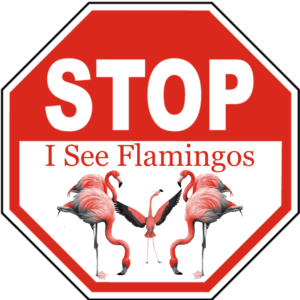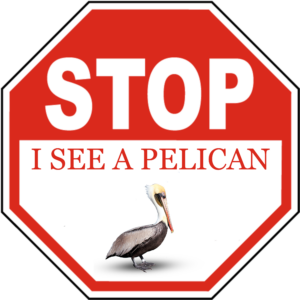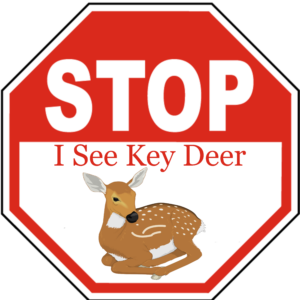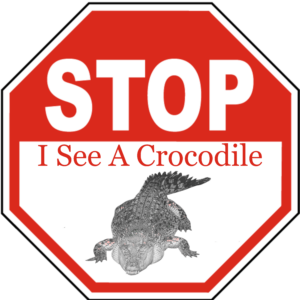A Wonderful Bird Is The Pelican
A wonderful bird is the pelican
His bill can hold more than his belican
He can take in his beak
Food enough for a week
But I’m damned if I see how the helican
by Dixon Lanier Merritt
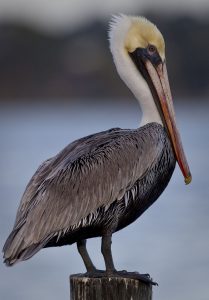 Did you know that a pelican’s pouch can hold up to 2.5 gallons of water? The American white and brown pelicans are two species of pelicans that use their elongated beaks and expandable pouches to feast on fish in the productive nearshore waters of the Florida Keys. During the next two weeks of Nature’s Corner we will learn about these two spectacular species. The brown pelican is easily distinguished from other sea birds by its brown color, large beak and expandable pouch. Brown pelicans are mostly brown as juveniles. As they age, their bodies stay brown, but the feathers on their necks turn white. Their neck feathers may also be yellow if they are in breeding plumage. Brown pelicans are the smallest of the eight pelican species found around the world but still have an impressive 7-foot wingspan.
Did you know that a pelican’s pouch can hold up to 2.5 gallons of water? The American white and brown pelicans are two species of pelicans that use their elongated beaks and expandable pouches to feast on fish in the productive nearshore waters of the Florida Keys. During the next two weeks of Nature’s Corner we will learn about these two spectacular species. The brown pelican is easily distinguished from other sea birds by its brown color, large beak and expandable pouch. Brown pelicans are mostly brown as juveniles. As they age, their bodies stay brown, but the feathers on their necks turn white. Their neck feathers may also be yellow if they are in breeding plumage. Brown pelicans are the smallest of the eight pelican species found around the world but still have an impressive 7-foot wingspan.
Brown pelicans can be seen soaring over the water, looking for schools of fish near the surface. These birds have excellent eyesight and are able to spot a school of fish from 65 feet in the air. Once the fish are spotted, the brown pelican performs its signature dive. The pelican opens its gaping mouth on impact and scoops up both water and fish. It then squeezes the water out of its beak before swallowing the fish. Brown pelicans are opportunistic and are commonly observed stealing fish from other sea birds.
Unfortunately, this behavior also lures brown pelicans into marinas and fish cleaning stations, where they hope to get fed a scrap or two. This may be fun to watch; however, you should never feed the begging birds. Hand feeding pelicans is against the law (F.A.C. 68A-4.001) and can change their natural behaviors and put their health at risk. Many times, the bones from fish cleaning stations are from fish that are much larger than the pelican would feed on naturally. These scraps can become lodged in their throats causing injury and death. Hand-fed pelicans can also become accustomed to being fed and can become aggressive toward fisherman. These pelicans will even steal fish directly from fishing lines as anglers are reeling them in. This can lead to pelicans swallowing hooks and becoming entangled in fishing lines.
It is estimated that more than 700 pelicans die each year as a result of illegal feeding. What should you do if you accidentally hook a pelican or other sea bird? First: Don’t Cut the Line! Slowly reel the bird in, remove the hook and release the bird (if uninjured). This practice can save countless sea bird lives. You can learn exactly how to do this by visiting myfwc.com/unhook. If the bird is injured and cannot be released, contact a local wildlife rehabilitation specialist.
The Florida Keys Wild Bird Rehabilitation Center in Tavernier will take in injured birds and release them once they are healthy. The Florida State Parks in the Keys are wonderful areas to search for sea birds. For more information on planning your trip to the real Florida, visit floridastateparks.org. Becky Collins is a park ranger at John Pennekamp Coral Reef State Park.
These Keys Treasures Designs and many more are available on products such as T-Shirts, Stickers, Magnets, Mugs, Phone Cases, and much more at KeysTreasures.ReBubble.com

